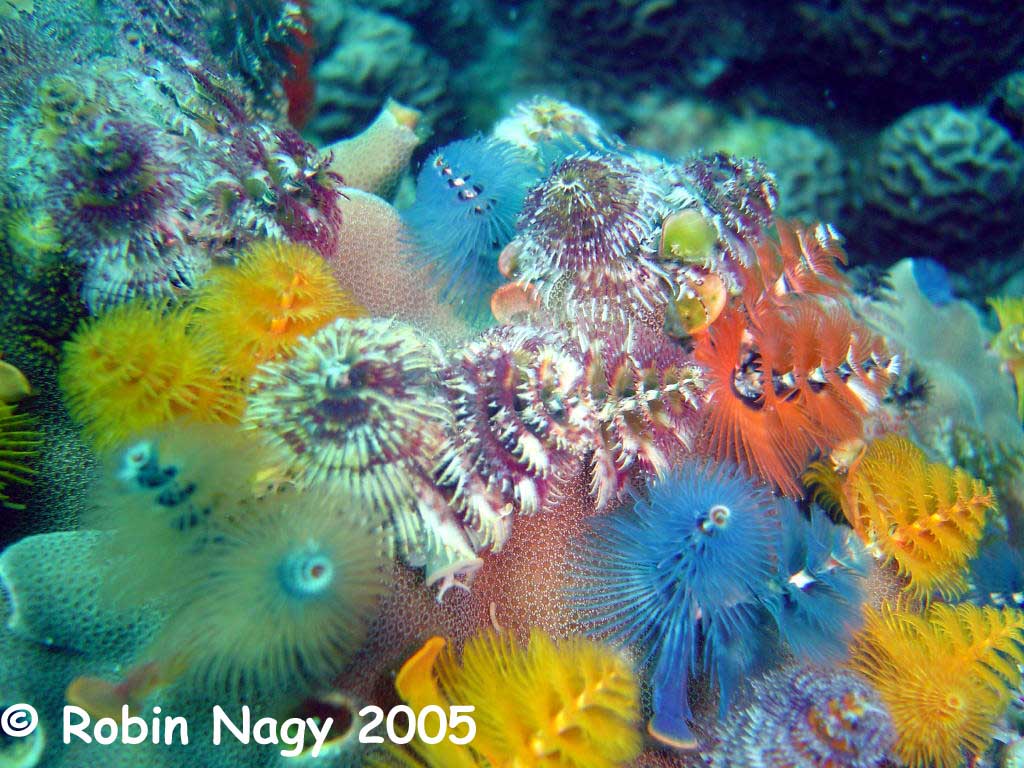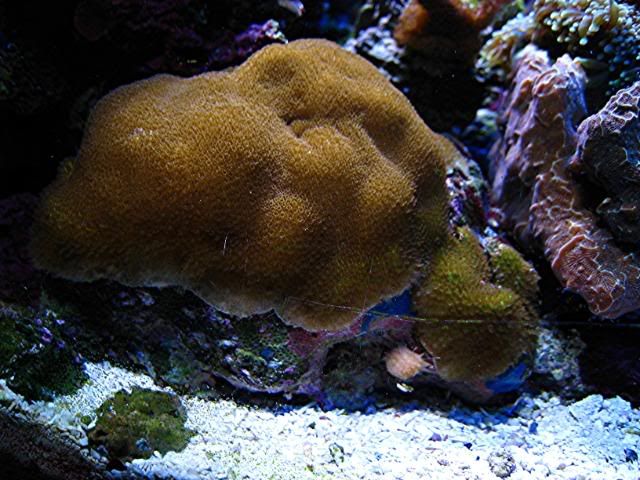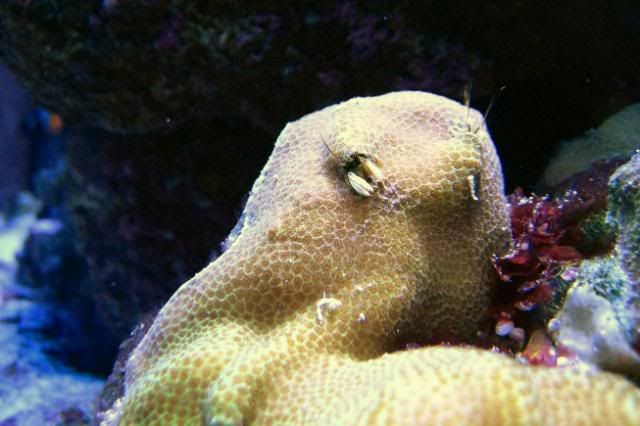mylady
Member
Does anyone have any? I came acorss pictures of them while looking up Christmas tree coral and I am intrigued. What little info I could find on them said they are difficult to keep, but it doesn't say why. They are filter feeders, prefer shady spots and need phytoplankton, but I don't see any other info as to what makes them difficult to keep.



